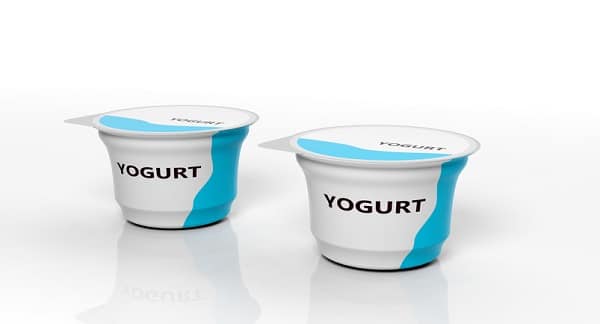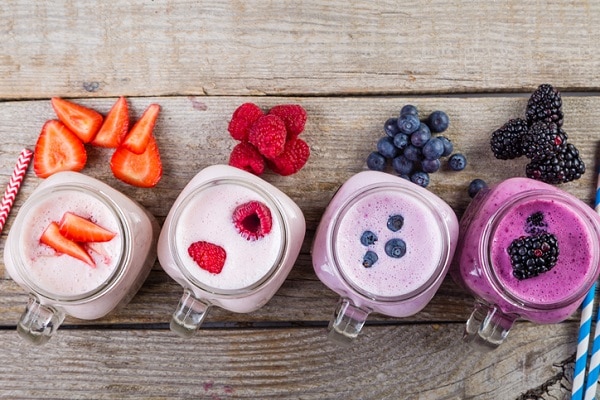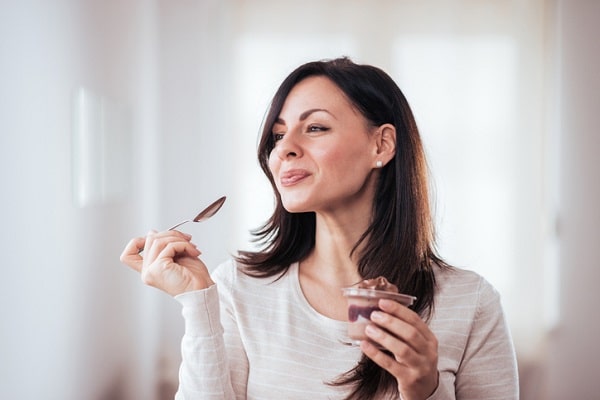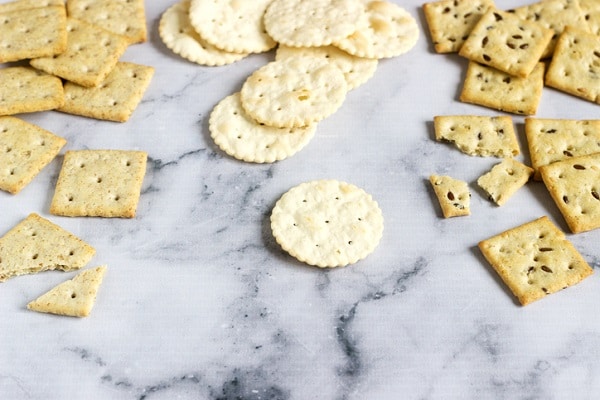
There are many steps between the idea of a food product, and what is sold on grocery store shelves and in restaurants. Quality control professionals play a major role in this process to make sure food is good and safe, but many argue that the consumer is the ultimate decision maker as to whether a food product fails or succeeds.
How do food developers make products that consumers will say yes to? One of the important steps in food development is sensory evaluations. Keep reading to find out more about this area of food quality control!
Food Sensory Evaluation and Experiment Methods
Sensory evaluation refers to the scientific approach taken to understand people’s sensory experience of a food they are consuming. In other words, it is a kind of taste test.However, it is a little more complicated than this, and sensory evaluations provide important information for food quality control professionals.
There are three types of sensory analysis methods that help identify and measure sight, smell, taste, hearing,and touch in relation to food.
1) Affective: tests to measure preference
2) Descriptive: quantitative tests that ask panellists to identify the differences between food samples through specific questions. For example, they might rank the saltiness of a series of samples from most salty to least salty.
3) Discriminative: qualitative test to see if panellists can tell the difference between samples
Each of these methods yields results that can generate statistical data, which can be interpreted and used to make decisions about the development of a food product, and inform other quality control concerns.

All kinds of products undergo sensory evaluation to understand the quality of a food or drink
The Elements of a Simple Sensory Evaluation
There are a few elements required for a sensory evaluation. These include panellists, who try the food products; and a facility that allows for safe preparation and serving of food. In some cases, facilities also have things like special lights if they want panellists to try different samples without being influenced by the colour of the sample. For most evaluations, the following items are necessary:
- Food samples
- Palette cleansers (like plain crackers)
- Water
- A questionnaire and pen
The samples should be presented in separate but identical containers, and labelled with codes to keep them anonymous. They should also be given in the same amount, at the same temperature. All of these steps are meant to reduce panellist bias. The specific experiment procedures and questionnaire will depend on the method chosen for the experiment.

Sensory panellists evaluate foods
Why Sensory Evaluations Are Important for Food Quality Control
Sensory evaluation is necessary for the development and quality control of food. For example, professionals who have done quality control training courses may do discriminative sensory evaluations to make sure a new batch of a food product does not differ significantly in sensory experience from a previous batch.

Whether it’s a new product or an old favourite, sensory evaluations are important
Sensory evaluations can also be used to determine the shelf life of a food product. Affective tests will provide important information about how consumers respond to a food product at different points in its shelf life. The sensory characteristics of food play a major role in whether or not a food product will succeed on the market, which is why this area of development is important to quality control professionals.
Want to know more about what you can do after quality control courses?
Contact the Academy of Applied Pharmaceutical Sciences today!



